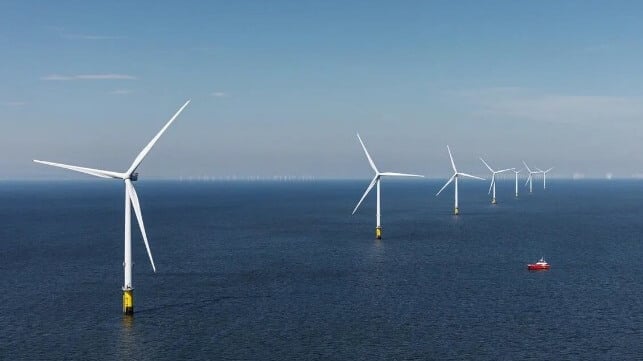Wind Energy Becomes UK’s Largest Source of Electricity Surpassing Gas

The United Kingdom is making significant strides in its transition to renewable energy. Recent data reveals that wind power has overtaken natural gas and coal to become the largest source of electricity in the country. This shift is largely attributed to the Labour Government led by Sir Keir Starmer, which has prioritized accelerating the transition to cleaner energy since taking office last summer. As the UK continues to invest in renewable energy, it sets an example for other European nations aiming to reduce their carbon footprints.
Wind Power Surpasses Traditional Energy Sources
According to Bloomberg, wind energy now accounts for approximately 29 percent of the UK’s total electricity supply, as reported by the National Energy System Operator (NESCO). This remarkable achievement comes as the UK has increased its wind power capacity to 30.3 gigawatts (GW) by the end of August 2024. In contrast, natural gas, which had been the dominant source of power generation for the past decade, is on the decline. NESCO’s data indicates that gas now represents only a quarter of the UK’s power supply, down from 32 percent in 2023.
This shift marks a significant change in the energy landscape. Natural gas had been the largest source of electricity since 2013, when it surpassed coal. Looking ahead, NESCO forecasts that by 2025, the UK may experience periods where no gas is used for power generation. While gas is expected to remain a backup source during times of low wind energy production, the focus is increasingly on wind power. The wind sector is also exploring battery storage solutions to enhance its reliability and capacity.
The transition away from fossil fuels has not gone unnoticed. Recently, U.S. President-Elect Donald Trump criticized the UK’s energy policy, suggesting that the country should increase oil and gas production instead of relying on wind energy. His comments highlight the ongoing debate over energy strategies and the balance between traditional and renewable sources.
Government Commitment to Renewable Energy Growth
Prime Minister Keir Starmer has taken a strong stance on expanding renewable energy in the UK. His government has set ambitious targets, aiming to double onshore wind energy capacity by 2030 and quadruple offshore wind production by the end of the decade. These goals reflect a commitment to not only meet current energy demands but also to lead in the global transition to sustainable energy.
Ana Musat, Executive Director of Policy & Engagement for RenewableUK, noted the rapid growth of wind energy in the UK. It took 26 years to install the first 15 GW of wind energy, but the country doubled that capacity to 30 GW in just seven years. This impressive acceleration demonstrates the potential for further growth in the sector.
The UK’s offshore wind sector is particularly noteworthy, boasting a capacity of approximately 14 GW, making it the largest in Europe and second only to China globally. By 2028, this capacity is expected to grow to 28.6 GW, with plans for even more expansion in the following years. Currently, the UK has around 2,800 offshore wind turbines, but to achieve the goal of 50 GW by 2030, an additional 3,500 turbines will need to be installed.
To support this growth, the government is implementing new policies aimed at facilitating the development of renewable energy. Increased contract support for electricity purchases from wind farms is one such initiative. As the UK continues to lead the charge in renewable energy, it sets a powerful example for other nations to follow in the fight against climate change.
